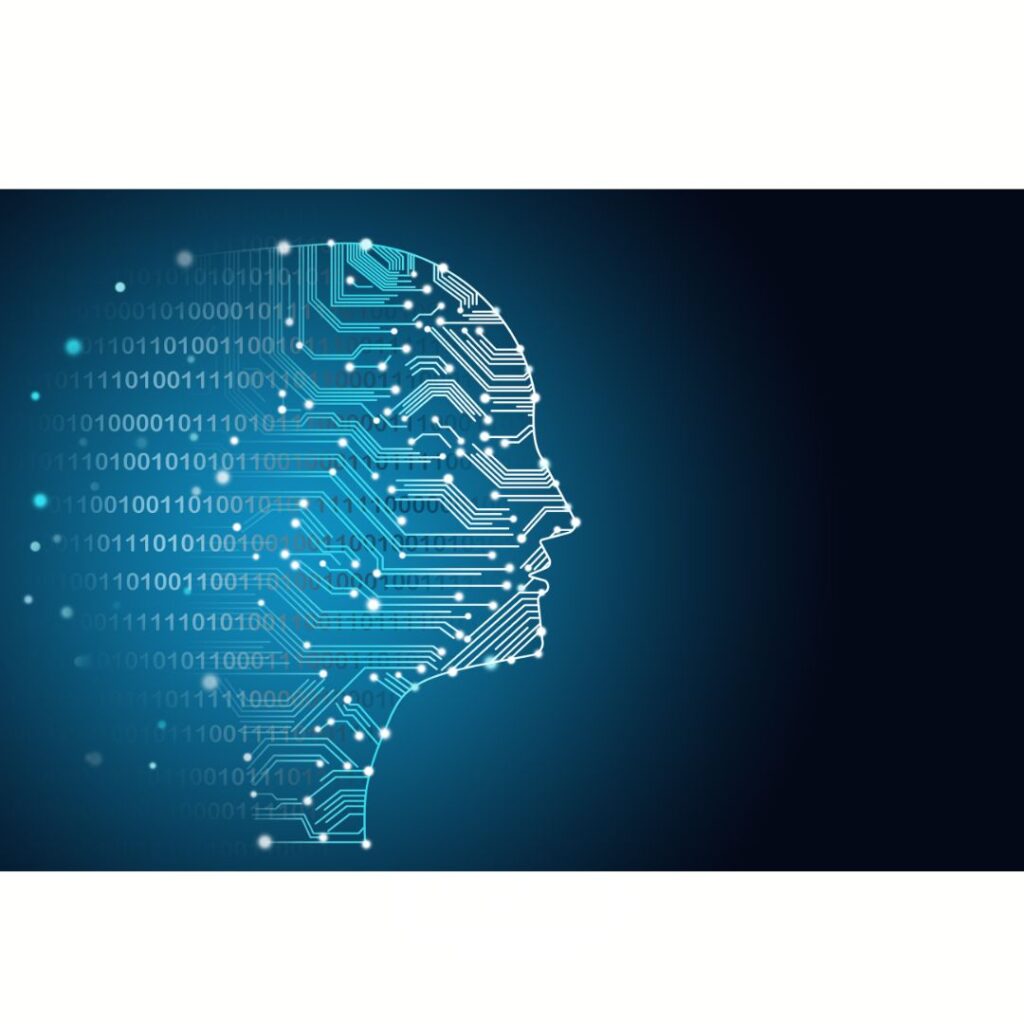While organisations are now exploring technologies capable of learning patterns from massive datasets to predict disasters, Artificial Intelligence (AI) has been used for decades by humanitarian organisations to assist vulnerable people. This blog explores the advantages, challenges, and impacts that AI poses.
AI to Save Lives
AI capable of predicting crises would perhaps be the Holy Grail of the humanitarian world, allowing us to prevent human suffering on a global scale. While this may sound like distant science fiction, data scientists are on the cusp of achieving exactly this.
Since 2018, Google has been working on several projects capable of identifying at-risk locations, threatened by floods, wildfires and hurricanes, ahead of time. Google has developed FloodHub, an interactive and easily accessible platform which provides flood warnings about precise geo-locations, often days before hazards occur. In 2021, Google sent 115 million flood alert notifications to at-risk communities thanks to its AI-based flood forecasting models.
The Danish Refugee Council’s Foresight tool can predict domestic forced displacement within a margin of error of less than 10% up to 3 years into the future. The system relies on open-source information relating to 120 geo-political indicators and environmental factors, outperforming traditional humanitarian planning techniques.
AI, the Unsung Hero
Crisis predicting AI is as innovative as it is awe-inspiring. With its deep-rooted backstage use by humanitarians, AI has fundamentally changed the impact and reach of programmes.
AI has significantly impacted the modus operandi of organisations, streamlining processes and disseminating information faster, providing more comprehensive and cohesive management of projects globally. From the tedious filing of physical documents to hands-on field-based data collection, AI has alleviated labour and resource-strained NGOs, allowing them to refocus and expand their efforts.
One such project, implemented in conjunction with the India Institute of Technology, Delhi and Gram Vaani, uses AI to simplify access to patient data during health emergencies. The programming can scan handwritten patient health cards and record crucial information, eliminating the need for time-consuming manual processing of physical copies. This digitalisation of information allows authorities immediate contact with communities to distribute health notices and can be used variably depending on the needs of a particular emergency.
Overall, AI can benefit organisations by:
- Increasing the scope and reach of their activities.
- Alleviating resource strains
- Increasing the speed of life-saving decision-making.
- Offering a growing capacity to predict humanitarian events before they happen.
- Learning from each crisis and improving response methods.
Challenges
Reliable AI has revolutionised our ability to deliver assistance to more people in a more timely fashion. If the promise of AI capable of predicting crises sounds too good to be true, you would be correct – to a degree.
Adopting AI faces two main barriers, logistics and security.
Logistically, AI requires a shift in how we gather and manage data which has vast implications for a system that largely relies on human intelligence and human interaction.
Awareness of AI systems remains low, and acquiring the expertise to implement it will require a shift in engagement between organisations and external technical experts.
The data that drives AI requires a massive input, especially for more cutting-edge systems capable of predicting crises. While big companies like Google and Microsoft have endless resources and the means to work towards acquiring such data, this is not true for most humanitarian organisations. Even so, predicting disasters requires information that often does not yet exist; recording data about earthquakes, for example, is exploratory.
Barring the logistical challenges of AI, such technology is largely in its research and development phase and has many potentially dangerous shortcomings. While AI is proficient at handling data, it is however, powered by less reliable human-gathered data, which could be flawed. Implying that no matter how good AI programming is, it will always be susceptible to human error.
Final Remarks
Until human mistakes are accounted for in AI programming, and AI is honed to make accurate predictions through trial and error, mistakes will be made and lives lost. Herein lies the ethical dilemma at the heart of using AI in fragile humanitarian situations.
Meanwhile, initiatives like the Hive, USA for UNHCR, strive to understand where and how technological – especially AI – innovations can be applied in the humanitarian system. Such programmes, which incorporate leading AI giants like Microsoft, will work towards mainstreaming AI techniques, bringing solutions to some of the most pressing logistical and technical challenges.
Regardless, humans are comparatively poor decision-makers, clouded by ethics and biases. AI offers an opportunity to alter our decision-making processes using more reliable and objective techniques. Therefore, AI will improve humanitarian systems and enhance our ability to prevent human suffering.
If you are interested in the work of MOAS and our partners, please follow us on social media, sign up to our newsletter and share our content. You can also reach out to us any time via [email protected]. If you want to support our operations, please give what you can at www.moas.eu/donate.


